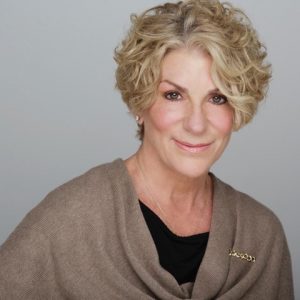“Always go into meetings…with a positive attitude. Tell yourself you’re going to make this the best deal for all parties.” – Natalie Massenet
So, you’ve been invited to attend a meeting at which your boss’s boss and other senior people in the organisation will be present.
You’re excited. You know some of the people there and not everyone. You know that being seen and heard is important at this point in your career. You know that you want to make a positive impression. What you might not know is how you can use your body language to engage with others to make every meeting count.
Below are three quick tips to help you connect with your colleagues during meetings.
Observe how others are behaving
Some people speak in calm, low and quiet tones, using concise language and few gestures. Their breathing rates are deep and slow while their facial expressions tend to be tranquil. Others are more loquacious, animated in their speaking, movement and gesture patterns. Their facial expressions are vibrant, their breathing placement is high in the chest, their vocal rates are accelerated, and their gestures are expansive. Why is this important? How people behave reveals their mindset, including their feelings, beliefs, attitudes and intentions. With that knowledge, you can adapt your behaviour to establish rapport and build trust.
Establish rapport
Establishing rapport is about creating a harmonious relationship. By matching other people’s behaviour, you can build trust and create a comfortable platform from which you can begin engaging. On the other hand, if your behaviour is vastly different from the people with whom you want to engage, you’re in for a struggle. For example, I once attended an evening seminar after a long day at the office. Although my energy was low, I was prepared to participate. However, when the trainer came bounding into the room like a tsunami of puppies – using her energy to lift that of the participants – her efforts failed.
I felt overwhelmed, unacknowledged and emotionally withdrawn. Another time, I attended an early morning workshop. Again, my energy was low when I arrived. This time, the trainer matched my behaviour. She engaged with me – and the others there – before starting the programme. I observed how she adapted her behaviour to match that of the participants. With me, she was quiet, while with others who were more animated, she lifted her energy levels. All of us felt acknowledged and were prepared to participate.
By matching behaviours – adapting your own to reflect those of others, you create a comfortable environment and generate trust. Once people trust you, you can shift your physical behaviours in order to lead them to the desired physical and mental states you want from them.
Intend to succeed
If your shoulders are hunched up by your ears or drooping like a hound dog’s, you’re sending out messages that you’re feeling anxious or defeated. If your fists are clenched or your fingers are fiddling you’re indicating that you’re anticipating a fight or are unsure of your position. If you walk into a meeting with your head and chest held high while your shoulder blades rest back and down and you’re breathing deeply from your diaphragm, nodding and smiling at people as you enter the room, you’re sending out the message that this is where you want to be. When you look and act like you’re comfortable with yourself and are happy to be where you are, your chances of making a favourable impression increase.
By being aware of the messages your body sends out through your gestures, postures and facial expressions, you can create the image you want to project. The more you act the way you want to be perceived, the more you will be perceived as that person.
About the author
Elizabeth Kuhnke is the best-selling author of Body Language: Learn How to Read Others and Communicate with Confidence. (Capstone 2016), as well as three titles in the For Dummies series. (Body Language FD, 3rd edition, Communication Skills FD, Persuasion and Influence FD). Elizabeth is an Executive Coach, specialising in impact and influence. An acknowledged expert and bestselling author on the subject of communication and non-verbal behaviours, Elizabeth works with senior leaders and rising stars in global organisations, helping them present themselves at their authentic best with clarity, confidence, and commitment.










